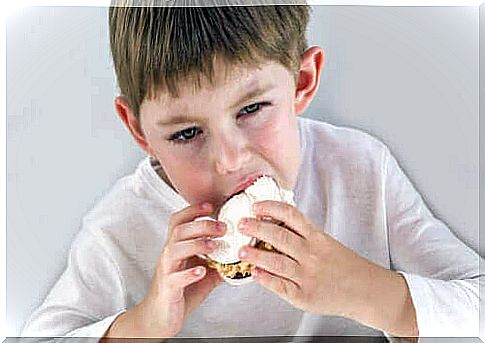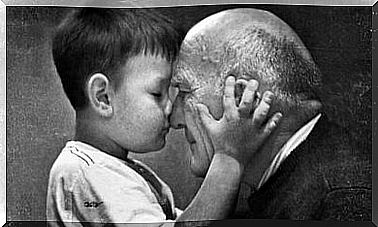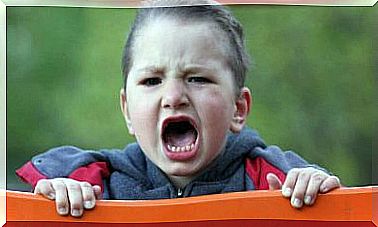Emotional Hunger In Children

Today, two types of hunger are identified, namely physical and emotional hunger. Physical hunger is a familiar feeling in the abdomen after not eating. Emotional hunger and eating, on the other hand, are associated with people sometimes eating for joy and rewarding themselves, and vice versa to relieve stress and anxiety. Emotional hunger is often talked about in adults, but it also occurs in children.
Food and emotions in people of all ages are closely related. The emotional state we have at a given moment is directly reflected in the choices we make when it’s time to eat. In addition, our feelings are directly reflected in the amount of food we eat and how we eat our food.
Emotional hunger in children
Emotional hunger, like physical hunger, does not come from physical need. It is often the result of a child using food as a kind of defense mechanism against negative emotions that he or she cannot handle in any other way. Such feelings may include, for example, anxiety, tension, apathy, fear, sadness, restlessness, loneliness, and jealousy. So the child, so to speak, drowns his feelings in food. Emotional eating can also be intended to maximize positive emotions through the secretion of dopamine associated with eating foods that a child likes.

Emotional eating is often associated with eating unhealthy foods that are high in sugar or fat. Occasional emotional eating is harmless, but the problem becomes if eating constantly tries to tolerate or suppress nasty emotions. Mourning moments are useless against the feeling of hunger, because emotional hunger is impossible to satisfy by eating.
Signs that the child is eating emotionally
For example, these signs can be used to distinguish a child’s emotional hunger from physical hunger:
- Hunger strikes suddenly.
- Spiritual lust is strong, and the feeling of hunger must be satisfied by eating a certain food.
- Tendency to eat more than normal. In addition, hunger is difficult to satisfy.
- Binge eating.
- Eating is followed by a feeling of guilt or shame.
- Rapid weight gain that can even lead to overweight.
Real or physical hunger gradually develops and is felt in the stomach. Satisfying hunger is easy and any food is worth it.

Getting rid of emotional hunger
Eating is not the best way to control your emotions, as it is only a momentary help to improve your well-being, and by no means a cure for the actual problem. Often, emotional eating causes more negative emotions, and the child’s condition worsens. The real solution to the problem is to teach the child to deal with and control their emotions.
It is also important for parents to remember that a child should not be rewarded or punished with food. Such habits can lead to a child starting to associate certain foods with certain emotions, which in turn can skew the child’s attitude towards food. In addition, it is important to ensure that the child’s eating habits are healthy. It is not worth being too harsh, as at worst the result may be quite the opposite of what was hoped for. A balanced diet includes enough sources of protein, vegetables and fruits, as well as grains and potatoes, but it can also accommodate occasional delicacies.









